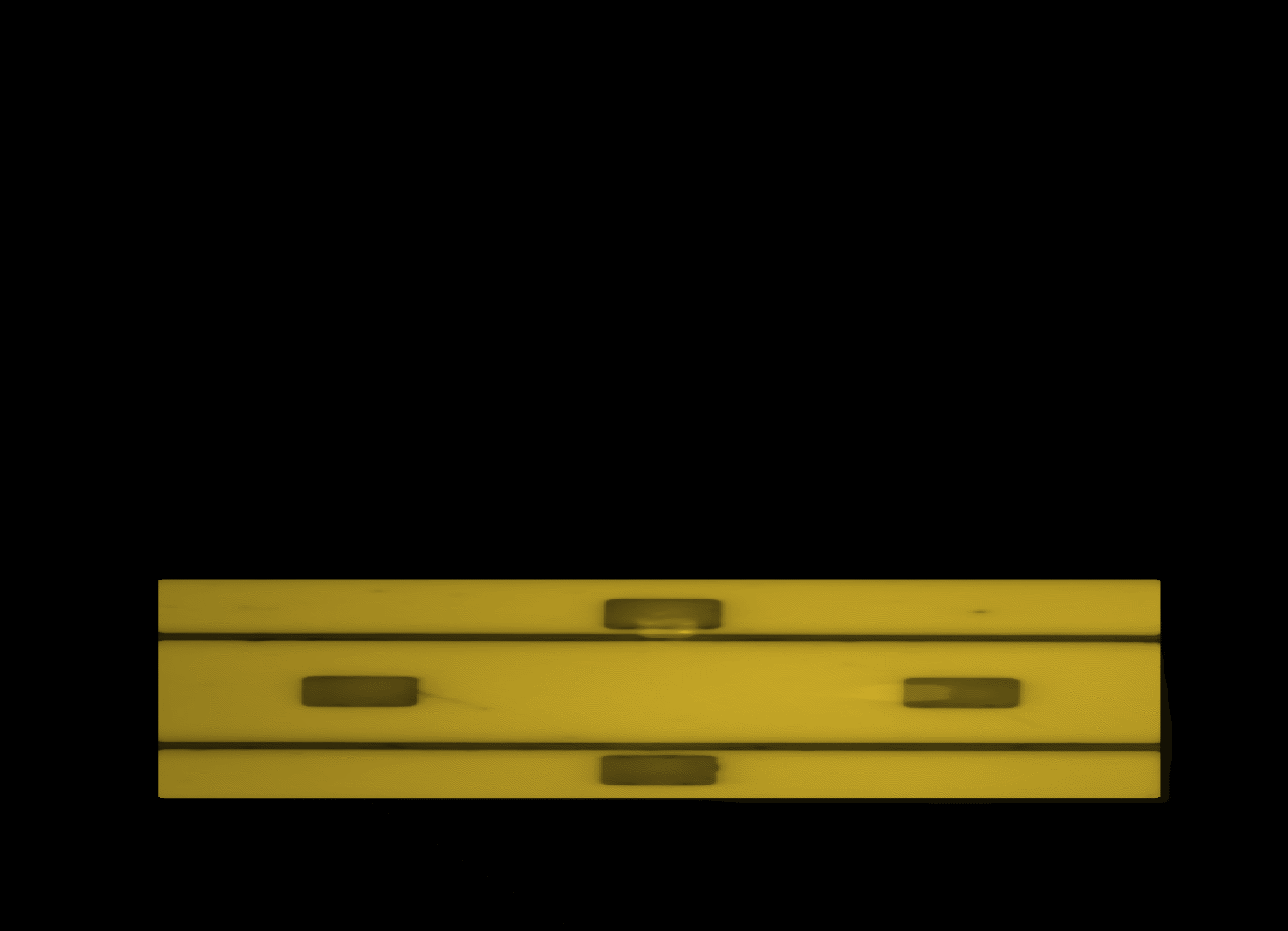
The UMass+ Trapped Ion Quantum Computing and Photonics lab led by Professor Robert Niffenegger develops integrated technologies like photonics for trapped ion quantum processor units (QPUs). One of the main obstacles for large scale and fault tolerant quantum computing with trapped ion qubits is the difficulty of individually addressing multiple ions using external optical lenses. Developing trapped ion quantum processors with integrated photonics and other integrated technologies like laser sources, digital and analog electronics and single photon detectors may enable the next generation of quantum hardware towards large scale quantum computers and practical applications.




We trap ions with surface electrode traps designed, fabricated, and packaged at UMass Amherst. This includes applications of surface treatments to clean the surface and reduce anomalous heating rates.


We have open positions if you’re interested in joining our lab.
Prior Work at MIT Lincoln Laboratory

Image above shows real data of laser beam profiles emitted from photonic grating couplers in the surface of a trapped ion QPU. Each beam was profiled independently and then superimposed over an image of the chip surface. Ions trapped at the intersection of the beams were controlled entirely via integrated photonics for the first time. (Chip was designed, fabricated and characterized entirely at MIT Lincoln Laboratory, results published in Nature.)

Check out our research page for more details.
We gratefully acknowledge support from these sponsors:

